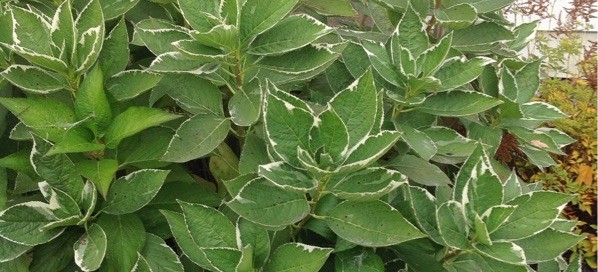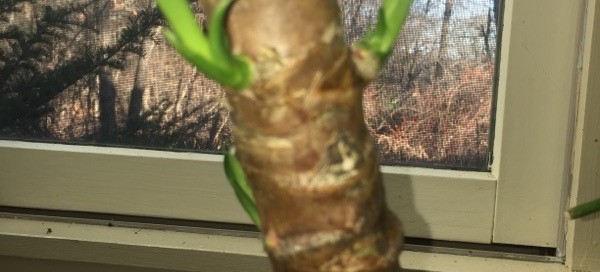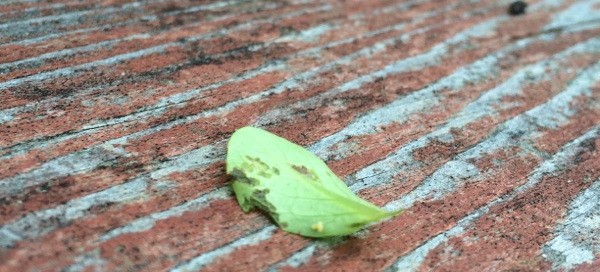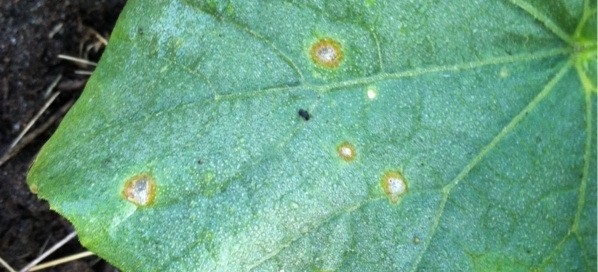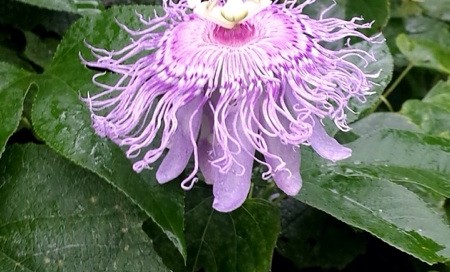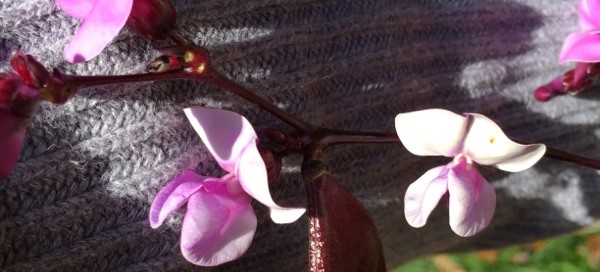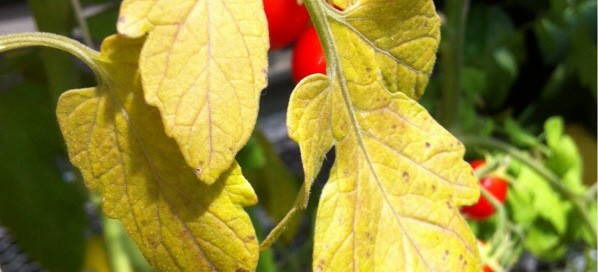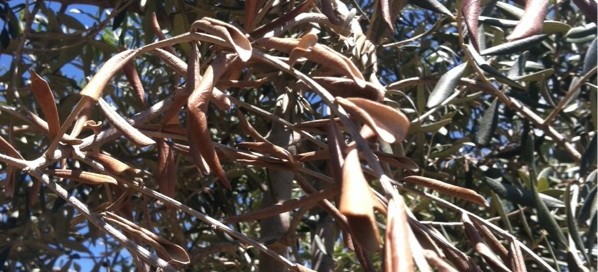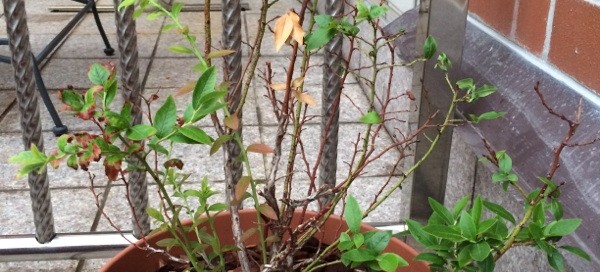Hydrangea Not Blooming
Before we discuss getting your shrub to bloom, we notice that some of the branches are not variegated. You need to remove those or they will eventually outnumber the variegated branches and you will no longer have a variegated hydrangea.
Do you know the exact cultivar name of this hydrangea? The variegated hydrangea most commonly sold is Hydrangea macrophylla 'Variegata'. However, 'Variegata' doesn't have white puffy flowers, but has blue or pink small center flowers and larger white florets around the outside of the flower cluster. This type of hydrangea is not reliably bud hardy in your climate. After a milder winter you may have flowers; after a cold winter you won't.
After all the leaves on your shrub have dropped, put about a foot of some kind of mulch around the base of the shrub. Shredded leaves are ideal. This mulch will hopefully protect the lowest flower buds. We suggest you read Hydrangeas in the North by Tim Boebel for further tips to maximize your chances of getting bloom.
